No Longer Big-Footed by Big Green, A Public-Lands Collaborative is Born
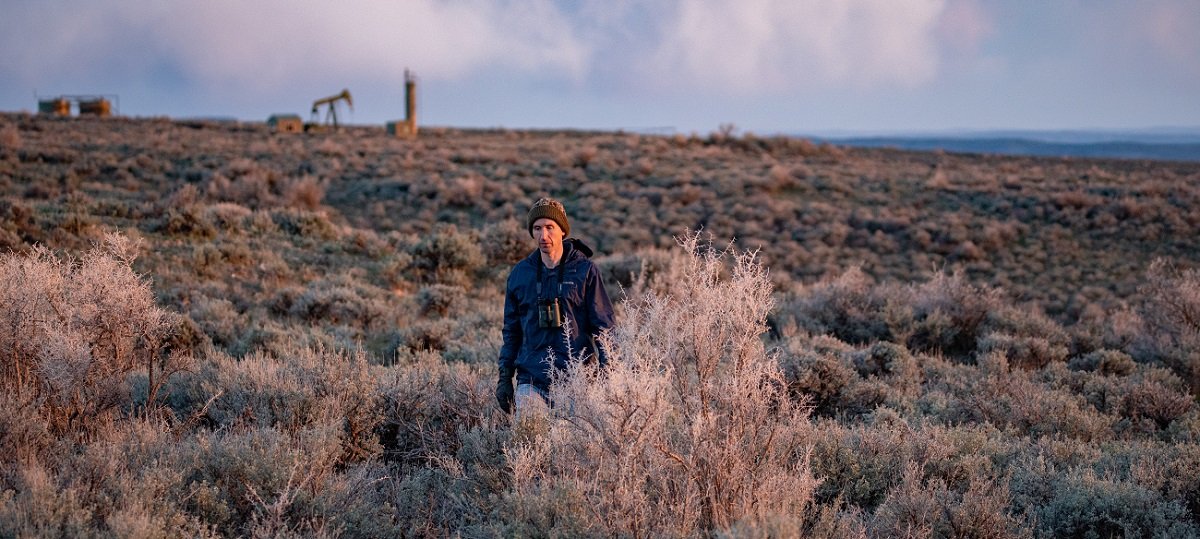
By Roy Teicher and Betsy López-Wagner
Environmental activism in recent years has been a story of two distinct and strategic ecosystems, at times in conflict but broadly supportive of each other’s goals. The key word is “broadly.”
“Big Green” organizations, as large environmental NGOs are known, have long received the bulk of climate and conservation funding from donors and philanthropic groups, and with it, attention from the public at large. The frontline community groups, who informally comprise the environmental justice (EJ) movement, live amid a multitude of toxins from various sources, and they are at the forefront of advocating for change.
They have persevered without the sustained advocacy and support of the DC-based legacy groups whose attention has largely been focused on matters of long-range global concern. And they have also arrived at this place without a unified voice of their own.
Standing at the crossroads is Juan Pérez Sáez, an energy and climate campaign manager for The Wilderness Society, one of the Big Green DC players. He is also the co-chair of the recently launched People, Public Lands, and Climate Collaborative (The Collaborative), an emergent voice for stakeholders.
Pérez Sáez had been well aware of the myriad environmental justice issues in and around public lands and the disproportionate impact on communities of color.
He knew about Indigenous lands and reservations targeted as industrial waste sites, the uranium and coal mining that polluted waterways and the pesticide drift, chemical plants and toxic waste.
But when he first broached the need for a collaborative of all the disparate public-land interests, he assumed such a group had surely been formed.
“I thought someone was doing this work. I was naïve.”
That void was soon filled by the newly founded People, Public Lands, and Climate Collaborative. In December of 2019, The Wilderness Society brought together 14 non-profit organizations representing outdoors people, Latinx environmentalists, and fossil-fuel-dependent communities to discuss shared values at the intersection of climate change and public lands.
The Collaborative, now at over 20 group members, includes a wide range of impacted communities. Groups coming to the table such as Central Valley Air Quality Coalition and Better Wyoming lend considerable scope and diverse voices to an already ambitious mission.
“All the members of the Collaborative work in some capacity on the issues, but until now, we weren’t talking to each other,” says Pérez Sáez. “There had been no coordination.”In years past, a sustained campaign could not gel, hampered to an important extent by Washington players who were of occasional help but far from the problems at hand, Pérez Sáez said.
“The environmental movement is very diverse,” he adds. “Different accents, different parts of the country. But none of this had translated into a public-lands movement led by low income and communities of color and their allies.”
He uses a baseball metaphor to sum up the power dynamics in the environmental realm: “They (Big Green) learned the DC game so well that they left key players behind. The best players were still on the sidelines. They don’t know the players they have on the team.”
He refers to the Collaborative as “representing all the underdogs.”
“We all know where the pollution was hitting,” says Pérez Sáez. “Black, working-class, Indigenous, Latinx, low-income communities. Why aren’t the people working on climate talking about this?”
The Collaborative’s mission includes a commitment “to our common goals of inspiring voices, fortifying sustainable economies, honoring and preserving culture and heritage, and encouraging stewardship of the Earth.” Each member of the Collaborative has a unique story and perspective to share with the “collective” knowledge base and voice.
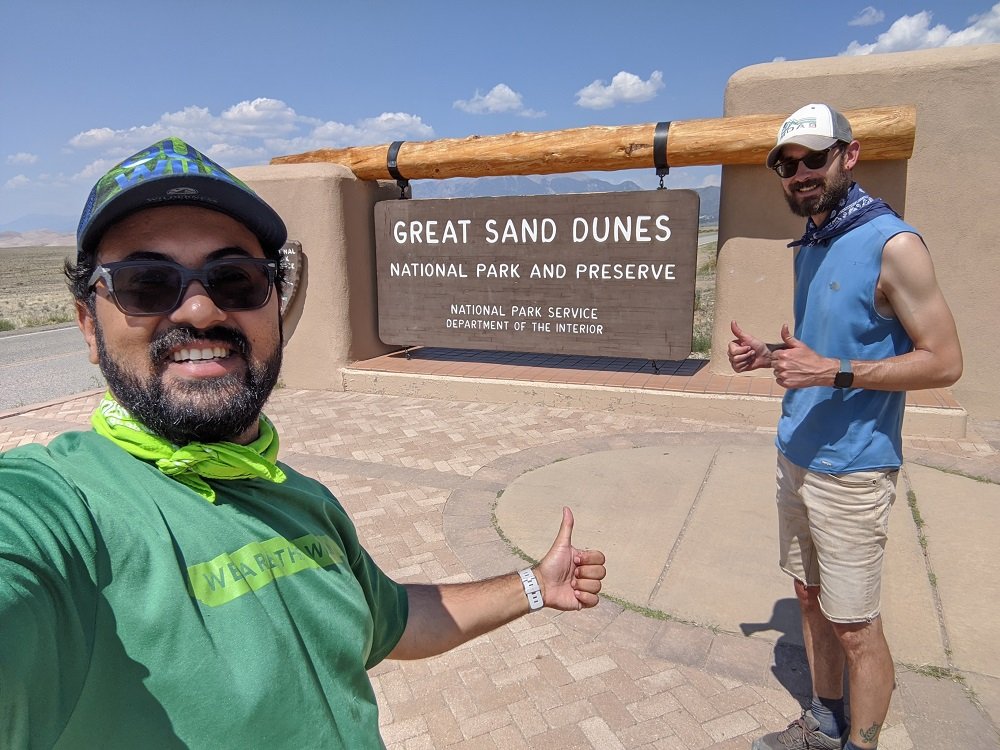
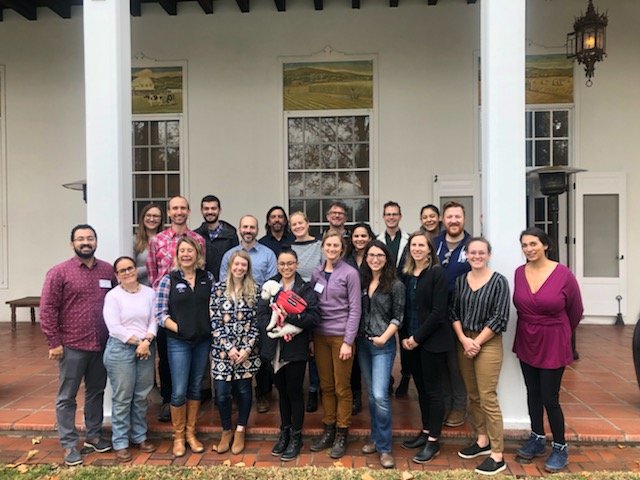
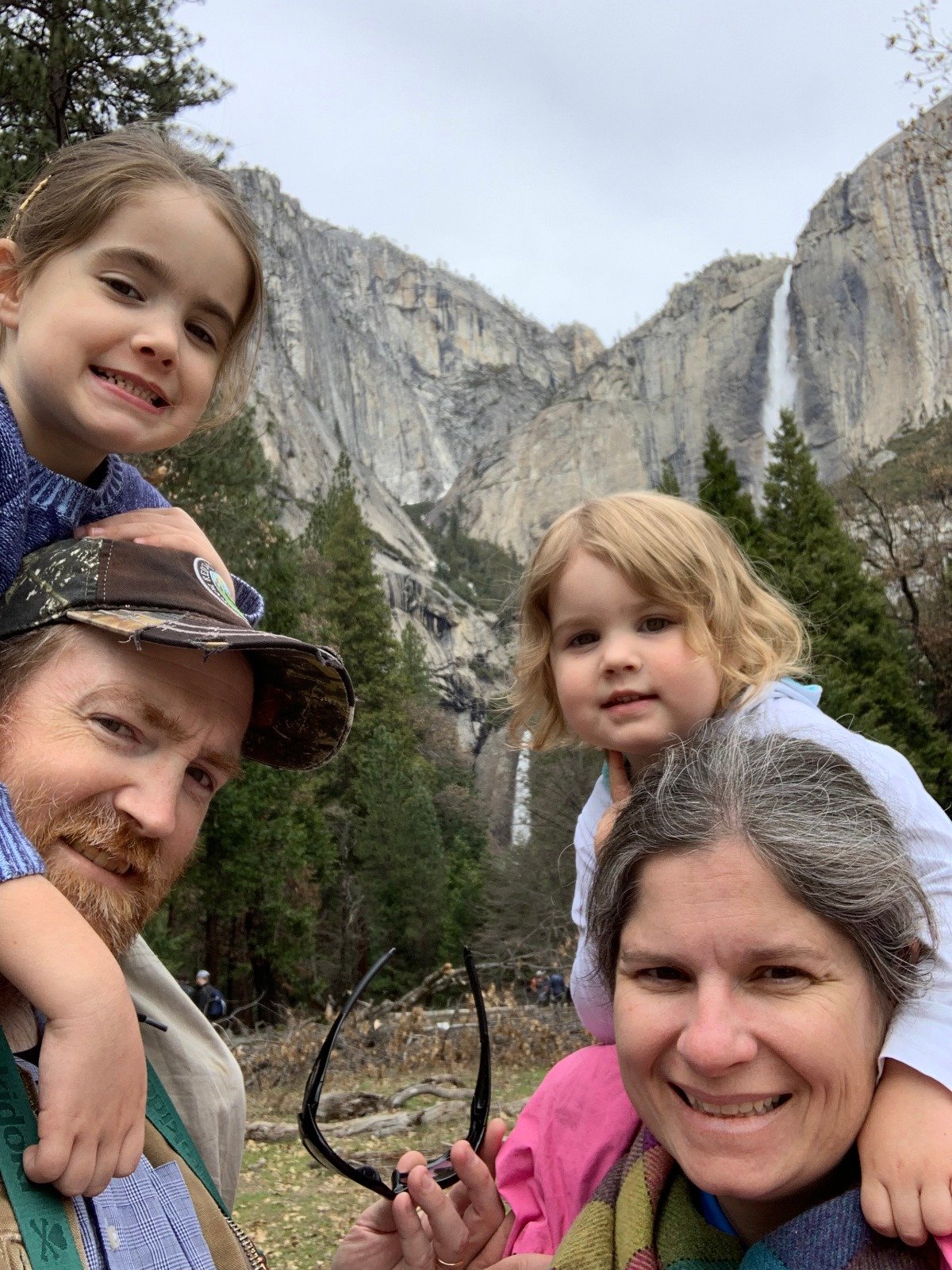
“Towns will cease to function.”
Such is the need for Collaborative member Nate Martin, Executive Director of Better Wyoming, who was born in the Cowboy State. “Much of our work is within the framework of a ‘just transition,’” explains Martin. “The fossil fuel industry essentially owns the Wyoming government. It’s mind-blowing. We’ve been losing gas and oil jobs for years and the politicians have done nothing.”
Wyoming is almost entirely dependent on tax revenue from the industry for most of its state budget. With declining revenues have come declining services, and legislators have been slow to acknowledge a future that is certain to rely on something other than oil and gas.
The state has made no attempt to compensate for this new reality. No one, not even the burgeoning millionaire class has been asked to share the burden.
“We’ve cut a billion dollars out of the state budget,” says Martin.
Revenue has to come from somewhere. “All roads lead to tax reform” is the central plank of Better Wyoming’s platform.
The state’s willful lack of preparation and continued denial have forced a deeper dependence on a crippled industry, and with that has come crippled cities.
“What does a frontline community look like?” asks Martin. “Usually, you think in terms of environmental racism but this is a weird situation; we’re shutting down schools and hospitals. Towns will cease to function.”
The refusal to see this future is, for Martin and his small staff, the very attitude they’re determined to change, albeit slowly.
My job is “to break down the resistance,” says Martin.
Better Wyoming brings a different perspective – and population – to the Collaborative. But it brings lessons easily transferred.
Martin points to certain “glimmers of hope,” slight attitudinal changes that Collaborative members may soon recognize in their own travels. “Maybe people are in a coal-mining town, they kind of see the writing on the wall, but they start to understand the potential for renewable energy development, and they say, ‘You know what, it’s completely foreign and unfamiliar to me, but we’re in an energy-producing state and whether it’s coal or whether it’s oil or whether it’s wind or solar, we can keep our identity.’ There’s a real pride about powering America.”
Perhaps the beginnings of a just transition.
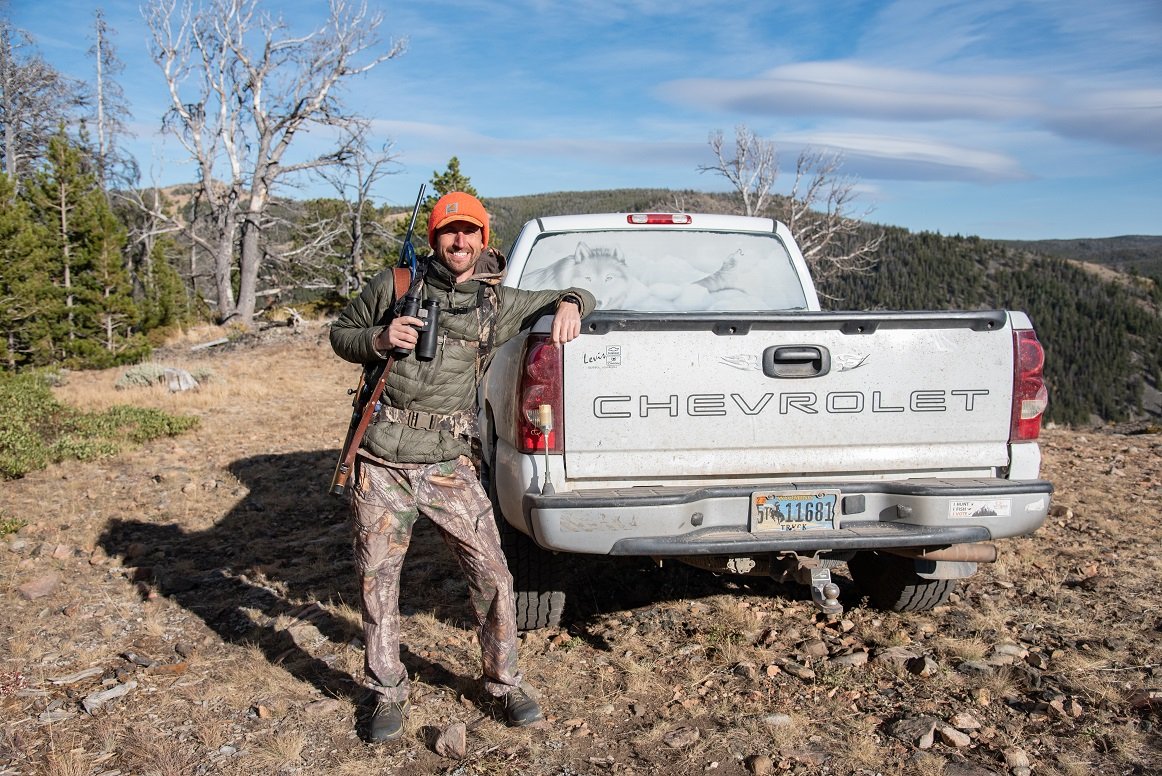
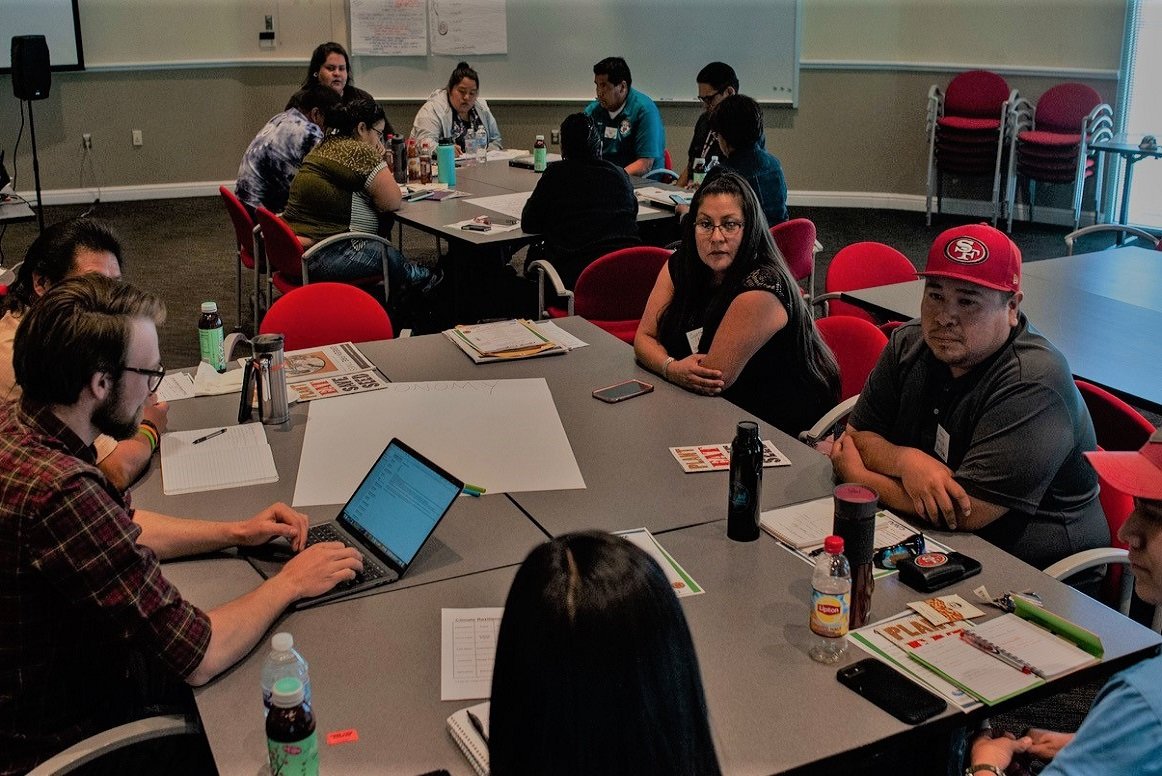
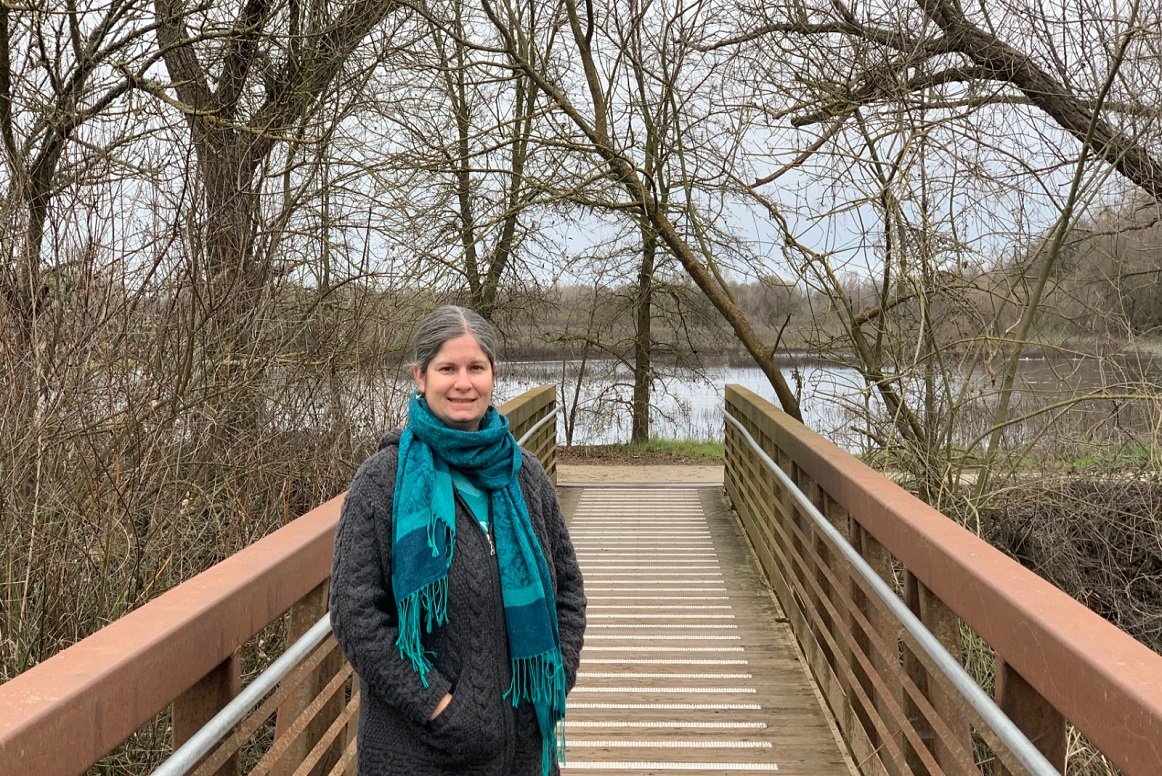
“Within two miles of each other, life expectancy varies by over a decade.”
Pérez Sáez’s dual roles at The Wilderness Society and the Collaborative position him well to see the potential synergies between them.
“This is not just about championing conservation and the environment,” he says. “We need to champion social justice and immigration reform at the regional, state and local level.”
This 30,000-foot view, the intersectionality of entangled and compounding injustices, is central to the Collaborative’s ethos.
“Not everyone can afford a lawyer to sue the federal government,” says Pérez Sáez. “The process of how decisions are made, how the public lands are managed are complicated. All in English. And you can’t make comments if you don’t have internet access or speak the language.”
“I don’t think we have the sole solution on how to manage landscapes. We need a people-centric solution. In all these communities of color, their relationship to the land is very unique.”
Cynthia Naha, Director of the Natural Resources Department for the Santo Domingo Pueblo, a federally-recognized tribe, is not currently a member of the Collaborative, but sees great potential for collaboration.
She is optimistic that the Collaborative, unlike previous partners, will be “mindful of the unique demands of a federally recognized tribe.
“It’s about trust. We’re a landlocked reservation-based community.” So, by definition, she says, “they are underrepresented.”
“Many organizations have knocked on our door and have funding for one year to do this or that. We want to build our sustainable communities for longevity.”
Also playing the long game is Catherine Garoupa White, Executive Director of the Central Valley Air Quality Coalition (CVAQ), a network of 70 organizations seeking to restore clean air to the San Joaquin Valley in California.
“One of the most polluted air basins in the United States,” says Garoupa White. “Our southernmost county, Kern County, is one of the top oil-producing counties in the United States.”
CVAQ, like the Collaborative, links those who know with those who help.
“Our success has been able to scale up what’s happening at the grassroots community level and connect it with the level of the San Joaquin Valley Air District, which is an incredibly powerful agency. We connect community stakeholders with policy makers,” Garoupa White. “The bigger mainstream environmental organizations are just not as grounded in the community.”
The stakeholders Garoupa White refers to are “communities of color and low-income communities. 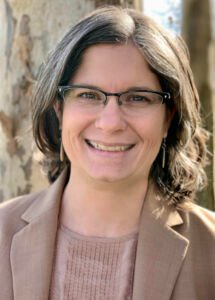 “You see a discernible pattern of permitting and land-use decisions and redlining that result in deeper concentration of the worst (pollutants) in the poorest communities.”
“You see a discernible pattern of permitting and land-use decisions and redlining that result in deeper concentration of the worst (pollutants) in the poorest communities.”
“In Fresno, within two miles of each other, life expectancy varies by over a decade.”
Intersectionality, one of the Collaborative’s chief systemic concerns, is on full display in this part of California.
“The layering,” as Garoupa White terms it, “of pollution, education attainment, police brutality, food insecurity, has been disconnected for a while” from the larger environmental stage, lacking the political currency of climate change, sea-level rise and the like.
Reprising a familiar theme, Garoupa White says: “I’ve experienced way too frequently the Big Greens parachuting in at the last minute and asking for things from the local community groups without the reciprocity of being there for us and our issues. When we need someone to show up and testify at our hearings. There hasn’t been an equal exchange. Whereas this Collaborative sets up the space to be reciprocal.”
As Pérez Sáez sums up: “Now, with the Collaborative, we have shared responsibilities and shared power. Everyone’s relationship with the land is different, but everyone’s relationship is equally important.”